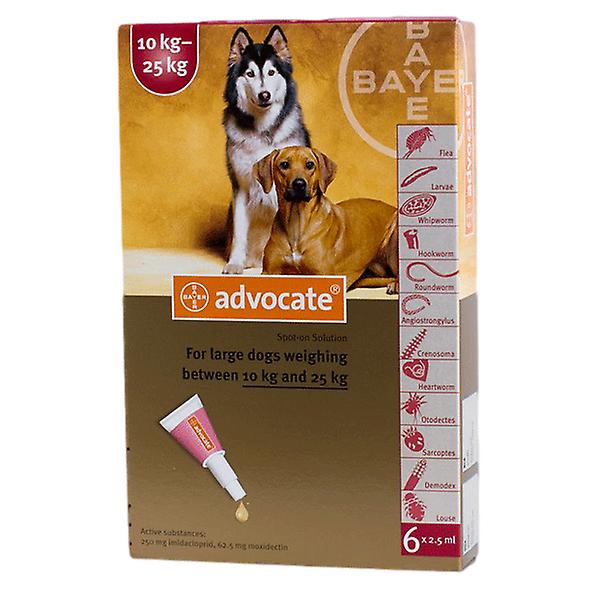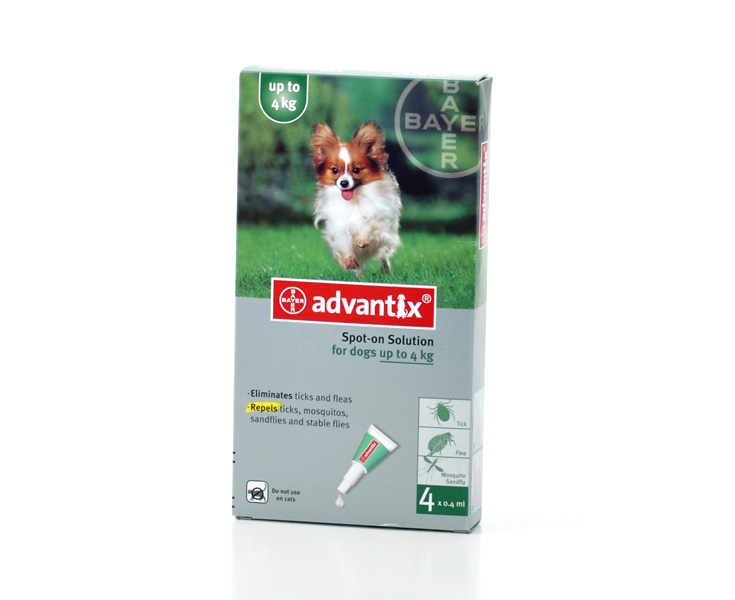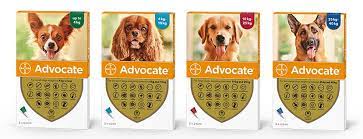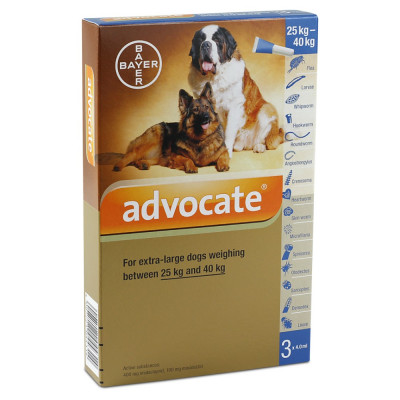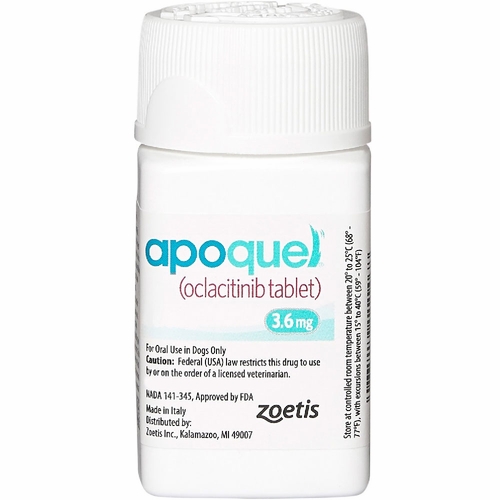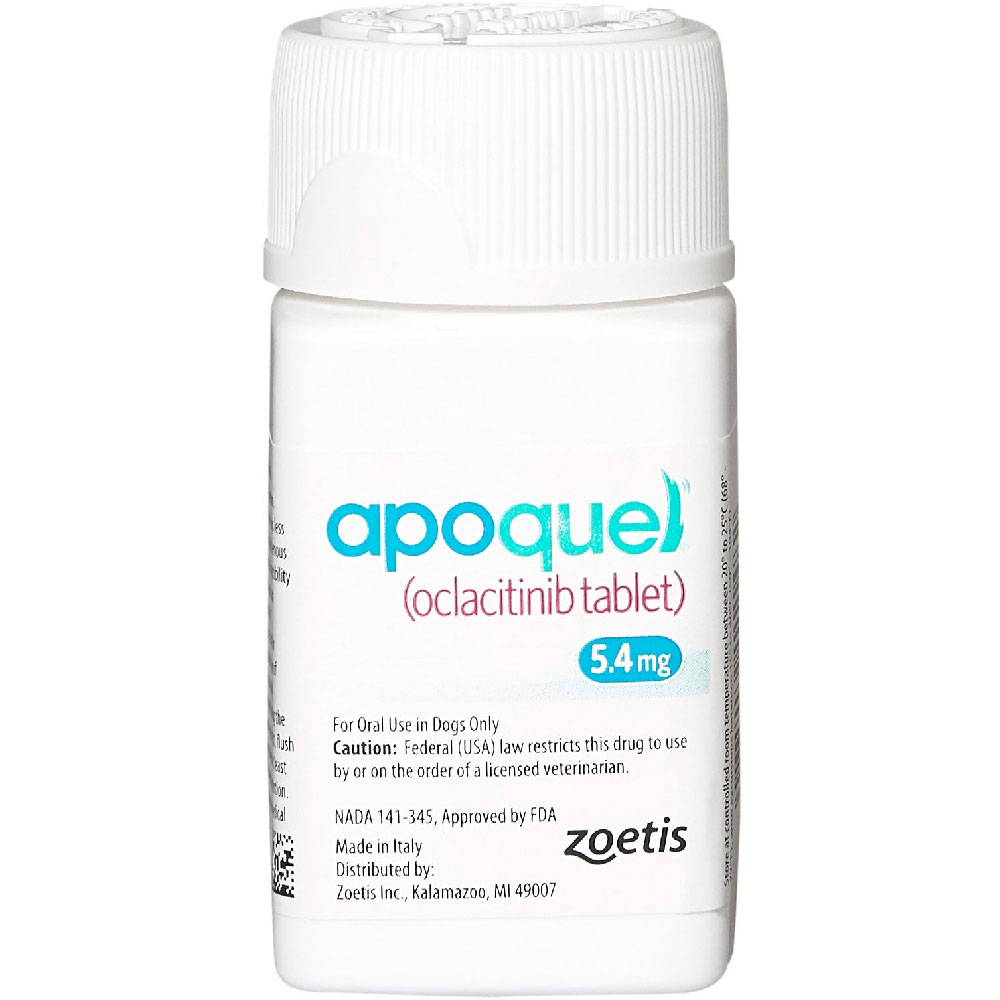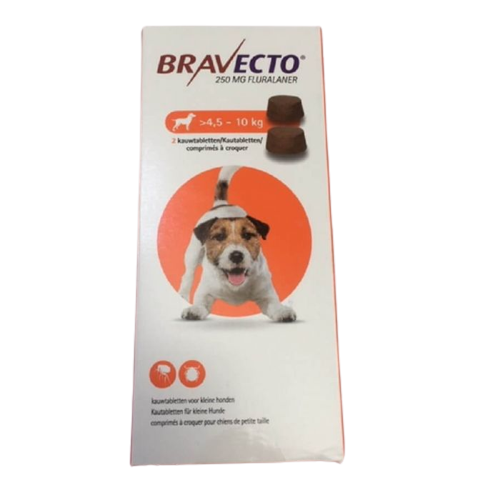Advocate 3x2.5 Ml Dog (10-25 Kg) Advocate 3x2.5 Ml Dog (10-25 Kg) External antiparasitic, recommended for dogs More information: Advocate 40 mg + 10 mg spot-on solution for small dogs Advocate 100 mg + 25 mg spot-on solution for medium dogs Advocate 250 mg + 62.5 mg spot-on solution for large dogs Advocate 400 mg + 100 mg spot-on solution for very large dogs 2. QUALITATIVE AND QUANTITATIVE COMPOSITION Active substances: Advocate for dogs contains 100 mg/ml imidacloprid and 25 mg/ml moxidectin Each dose (pipette) contains: Excipients: Benzyl alcohol Butylated hydroxytoluene 1 mg/ ml (E 321; as antioxidant) For a full list of excipients, see section 6.1 3. PHARMACEUTICAL FORM Spot-on dorsal anointing solution. Clear yellow to brownish-yellow solution. 4. CLINICAL PARTICULARS 4.1 Target species Dogs. 4.2 Indications for use, specifying the target species For dogs suffering from, or at risk of suffering from, mixed parasitic infections: • treatment and prevention of infestation by fleas (Ctenocephalides felis), • treatment of infestation by chewing lice (Trichodectes canis ), • treatment of ear mite (Otodectes cynotis) infestation, sarcoptic mange (caused by Sarcoptes scabiei var. canis), demodicosis (caused by Demodex canis), • prevention of heartworm disease (L3 and L4 larvae of Dirofilaria immitis ), • treatment of circulating microfilariae (Dirofilaria immitis), • treatment of subcutaneous heartworm disease (adult stages of Heartworm repens), • prevention of subcutaneous heartworm disease (L3 larvae of Heartworm repens), • reduction of circulating microfilariae (Dirofilaria repens), • prevention of angiostrongylus (L4 larvae and immature adults of Angiostrongylus vasorum), • treatment of Angiostrongylus vasorum and Crenosoma vulpis infections, • prevention of spirocercosis (Spirocerca lupi), • treatment of Eucoleus (syn. Capillaria) boehmi (adults), • treatment of eyeworm Thelazia callipaeda (adults), • treatment of infections by gastrointestinal nematodes (L4 larvae, immature adults and adults of Toxocara canis, Ancylostoma caninum and Uncinaria stenocephala, adults of Toxascaris leonina and Trichuris vulpis). The drug can be used as part of a flea allergy dermatitis (FAD) treatment strategy. 4.3 Contraindications Do not use in puppies less than 7 weeks. Do not use in cases of hypersensitivity to the active substances or to any of the excipients. Do not use in dogs with class 4 heartworm disease as the safety of the drug has not been studied in this group of animals. For cats, the corresponding “Advocate for cats” (0.4 ml or 0.8 ml) should be used, which contains 100 mg/ml imidacloprid and 10 mg/ml moxidectin. For ferrets: "Advocate for dogs" should not be used. Only “Advocate for small cats and ferrets” (0.4 ml) should be used. Do not use in canaries. 4.4 Special warnings for each target species See section 4.5. Brief contact of the animal with water on one or two occasions between monthly treatments is unlikely to significantly decrease the efficacy of the drug. However, if the animal is frequently shampooed or submerged under water after the treatment has been applied, the effectiveness of the medication may be diminished. Parasite resistance to a particular class of anthelmintics may develop after frequent and repeated use of an anthelmintic from that class. Therefore, the use of the drug should be based on the assessment of each individual case and on local epidemiological factors on the sensitivity of the parasites to reduce the risk of resistance selection in the future. The use of the drug should be based on diagnostic confirmation of the existence of mixed infections (or the risk of infection, in case of prevention). See sections 4.2 and 4.9. The efficacy against Dirofilaria repens adults has not been studied under field conditions. 4.5 Special precautions for use Special precautions for use in animals Treatment of animals weighing less than 1 kg should be based on a benefit/risk assessment. There is limited experience on the use of the medicinal product in sick or debilitated animals, therefore the medicinal product should only be used based on a benefit/risk assessment for these animals. Do not apply in the mouth, eyes or ears of the animal. The product should be prevented from being ingested by animals and from coming into contact with the eyes or mouth of the recipient animal and/or other animals. Carefully follow the instructions for a correct application, described in section 4.9, in particular the product must be applied in the specified place to minimize the risk of the animal licking the product. Do not let newly treated animals lick each other. Do not allow treated animals to come into contact with untreated animals until the application site is dry. When the drug is applied to 3 or 4 separate sites (see section 4.9), specific care should be taken to prevent the animal from licking the application sites. This medicinal product contains moxidectin (a macrocyclic lactone), therefore special care should be taken with Collie or Bobtail breeds and related breeds or their crosses, to correctly administer the medicinal product as described in section 4.9 (posology); Oral ingestion by the Collie or Bobtail and related breeds or their crosses will especially be avoided. Advocate should not be discharged into water courses as it could be hazardous to fish and other aquatic organisms. Moxidectin is highly toxic to aquatic organisms. Do not allow treated dogs to bathe in surface water for 4 days after treatment. The safety of the drug has only been evaluated in dogs with class 1 and 2 heartworms in laboratory studies and in dogs with class 3 heartworms in a field trial. Therefore, its use in dogs with evident or severe symptoms of the disease must be based on the benefit / risk assessment carried out by the responsible veterinarian. Although experimental overdose studies have shown that the drug can be safely administered to dogs infected with adult Dirofilaria immitis, it has no therapeutic effect against them. Therefore, it is recommended, before starting treatment with the drug, to test all dogs 6 months or older living in endemic areas for this parasite, to determine the presence of adult heartworm infection. At the discretion of the veterinarian, infected dogs should be treated with an adulticide to kill adult heartworms. Advocate's safety has not been evaluated when administered on the same day as an adulticide. Imidacloprid is toxic to ornamental birds, particularly canaries. Special precautions to be taken by the person administering the medicinal product to animals Avoid contact with skin, eyes and mouth. Do not eat, drink or smoke during application. Wash your hands well after using the medicine. After the application of the medicine, do not pet or groom the animals until the application site is dry. In case of accidental spillage on skin, wash immediately with soap and water. People with known hypersensitivity to benzyl alcohol, imidacloprid, or moxidectin should administer the drug with caution. In very rare cases, the medicine may cause sensitization or transient skin reactions (for example, numbness, irritation, or a burning or tingling sensation). In very rare cases, the product may cause respiratory irritation in sensitive individuals. If the medicine accidentally gets into the eyes, they should be rinsed well with water. If skin or eye symptoms persist or in case of accidental ingestion of the medicine, consult a doctor immediately and show him the package leaflet or the label. Advocate Solvent may stain or damage certain materials including plastics, leather, fabrics, and polished surfaces. Allow application area to dry before allowing contact with these materials. 4.6 Adverse reactions (frequency and seriousness) Vomiting may occur on rare occasions. The use of the medication may cause transient itching in the dog. Local transient skin sensitivity reactions, including itching, hair loss, greasy hair and redness at the application site have been reported very rarely. These symptoms go away without further treatment. Neurological signs such as ataxia and muscle tremor may be observed very rarely and basically subside (see section 4.10). The medicine has a bitter taste. If the animal licks the application site immediately after treatment, salivation may occur on some occasions. This effect is not a sign of poisoning and disappears after a few minutes without treatment. A correct application will minimize the opportunity for the dog to lick the application points. The medicinal product may give rise to a sensation at the point of application that causes transient behavioral disturbances such as lethargy, agitation and very rarely loss of appetite. A field trial has shown that in heartworm-positive dogs with microfilaraemia there is a risk of severe respiratory signs (coughing, tachypnea and dyspnea), which may require immediate veterinary treatment. In that study, these reactions were common (in 2 of 106 treated dogs). Gastrointestinal signs (vomiting, diarrhoea, inappetence) and lethargy are also frequently observed in these dogs after treatment. The frequency of adverse reactions should be classified according to the following groups: - Very common (more than 1 animal per 10 animals treated presents adverse reactions) - Frequent (more than 1 but less than 10 animals per 100 animals treated) - Infrequently (more than 1 but less than 10 animals per 1,000 animals treated) - Rarely (more than 1 but less than 10 animals per 10,000 animals treated) - Very rarely (less than 1 animal per 10,000 animals treated, including isolated cases). 4.7 Use during pregnancy, lactation or lay The safety of the veterinary medicinal product has not been established during pregnancy and lactation in the target species. Therefore, the use of the veterinary medicinal product is not recommended in animals intended for breeding or during pregnancy and lactation. 4.8 Interaction with other medicinal products and other forms of interaction During treatment with Advocate, no other antiparasitic of the macrocyclic lactone type should be administered. No interactions have been observed between Advocate and other veterinary medicinal products or routine medical or surgical procedures. Advocate's safety has not been evaluated when administered on the same day as an adulticide. 4.9 Amounts to be administered and administration route Dosage schedule: The minimum recommended doses are 10 mg/kg weight of imidacloprid and 2.5 mg/kg weight of moxidectin, equivalent to 0.1 ml/kg weight of Advocate for dogs. The timing or timing of treatment should be based on epidemiological factors and be personalized for each animal. The treatment program must be established by the veterinarian. Dog weight (kg) Pipette size to be used Volume (ml) Imidacloprid (mg/kg weight) Moxidectin (mg/kg weight) 4 kg Advocate for small dogs 0.4 minimum of 10 minimum of 2.5 > 4– 10 kg Advocate for medium dogs 1.0 10–25 2.5–6.25 > 10–25 kg Advocate for large dogs 2.5 10–25 2.5–6.25 > 25–40 kg Advocate for very large dogs large 4.0 10–16 2.5–4 > 40 kg suitable combination of pipettes Treatment and prevention of fleas (Ctenocephalides felis) One treatment prevents a future infestation by fleas for 4 weeks. Existing pupae in the environment may emerge for 6 weeks or more after the start of treatment, depending on weather conditions. Consequently, it may be necessary to combine the Advocate treatment with habitat-directed treatments to break the flea's life cycle in the environment. In this way, a more rapid decrease of the flea population in the home can be achieved. The drug should be administered monthly when used as part of a flea allergy dermatitis treatment strategy. Treatment of chewing lice infestation (Trichodectes canis) A single dose of the drug should be administered. Since some animals may require a second treatment, a veterinary examination is recommended 30 days after the first. Treatment of ear mite infestation (Otodectes cynotis) A single dose of the drug should be administered. Before each treatment, the scabs detached from the external ear canal must be removed. Since some animals may require a second treatment, a veterinary examination is recommended 30 days after the first. Do not apply directly to the ear canal. Treatment of sarcoptic mange (caused by Sarcoptes scabei var. canis) A single dose should be administered twice with an interval of 4 weeks. Treatment of demodicosis (caused by Demodex canis) The administration of a single dose every 4 weeks for a period of 2 to 4 months is effective against Demodex canis and provides a significant improvement in clinical signs, especially in mild and moderate cases. In severe cases, more frequent and prolonged treatment may be required. To achieve the best possible response in these cases, Advocate can be applied once a week for a longer period of time, at the discretion of the veterinarian. In all cases, it is necessary to continue the treatment until the skin scrapings are negative in at least 2 consecutive months. Treatment should be discontinued in dogs that show no improvement or a decrease in mite counts after two months of treatment. In these cases an alternative treatment should be administered. Therefore, Demodicosis is a multifactorial disease and, whenever possible, it is advisable to also treat any underlying disease appropriately. Heartworm (D. immitis) Prevention Dogs in heartworm-endemic areas, or those that have traveled to endemic areas, may be infected with adults of the parasite. Therefore, before starting treatment with Advocate, the information in section 4.5 should be taken into account. For heartworm prevention, the drug will be applied once a month during the time of year when there are mosquitoes (intermediate hosts that carry and transmit the larvae of D. immitis). The drug can be administered throughout the year. The first dose may be given after the first possible exposure to mosquitoes, but not more than one month after that. Treatment should be continued on a regular basis once a month until 1 month after the last exposure to mosquitoes. To establish a treatment routine, it is recommended that Advocate be administered on the same day or date of each month. When substituting for another heartworm prevention medication in a heartworm prevention program, the first dose of Advocate will be given within one month of the last dose of the other medication. In non-endemic areas there should be no risk for the dog of having the parasite. Consequently, animals can be treated without special precautions. Prevention of subcutaneous heartworm (D. repens) For the prevention of subcutaneous heartworm, the drug will be applied once a month during the time of the year when there are mosquitoes (intermediate hosts that carry and transmit D. repens larvae). The drug can be administered throughout the year or for at least 1 month before the first anticipated exposure to mosquitoes. Treatment should be continued on a regular basis once a month until 1 month after the last exposure to mosquitoes. To establish a treatment routine, it is recommended that Advocate be administered on the same day or date of each month. Treatment of microfilariae (D. immitis) Advocate should be administered once a month for two consecutive months. Treatment of subcutaneous heartworm disease (adult stages of Heartworm repens) Advocate should be administered once a month for six consecutive months. Microfilariae (D. repens) reduction The drug should be administered once a month for four consecutive months. Treatment and prevention of Angiostrongylus vasorum infection A single dose should be administered. Since some animals may require a second treatment, a veterinary examination is recommended 30 days after the first. In endemic areas, a periodic monthly application will prevent angiostrongylosis and specific infection by Angiostrongylus vasorum. Treatment of Crenosoma vulpis infection A single dose of medication should be administered. Prevention of Spirocercosis (Spirocerca lupi) The drug should be administered once a month. Treatment of Eucoleus (syn. Capillaria) boehmi (adults) The drug should be administered once a month for two consecutive months. It is recommended to prevent autocoprophagy between the two applications to protect against possible reinfection. Treatment of eyeworm Thelazia callipaeda (adults) A single dose of medication should be administered. Treatment of roundworm, hookworm and whipworm infections (Toxocara canis, Ancylostoma caninum, Uncinaria stenocephala, Toxascaris leonina and Trichuris vulpis) In heartworm-endemic areas, monthly treatment can significantly reduce the risk of reinfection caused by roundworms, hookworms, and whipworms. In areas not endemic for heartworm, the drug can be used as part of a seasonal preventive program against fleas and gastrointestinal nematodes. Studies carried out have shown that monthly treatment of dogs prevents infestations caused by Uncinaria stenocephala. Method of administration For cutaneous use only. Remove a pipette from the package. Hold the pipet up, twist and remove the cap. Use the cap upside down to twist and remove the seal from the pipettor, as indicated. For dogs up to 25 kg: With the dog in a standing position, part the hair between the shoulder blades until the skin is visible. When possible, apply to unbroken skin. Place the pipette tip on the skin and squeeze the pipette firmly several times to deliver the contents directly onto the skin. For dogs over 25 kg: For a simple application the dog should be standing. The entire content of the pipette must be applied evenly distributed in 3 or 4 points on the dorsal line of the animal from the scapular area to the base of the tail. At each point, part the fur so that the skin is visible. When possible, apply to unbroken skin. Place the pipette tip on the skin and gently squeeze the pipette to expel a portion of its contents directly onto the skin. Do not apply an excessive amount of solution to any one spot as some of the medication may run down the animal's side. 4.10 Overdose (symptoms, emergency procedures, antidotes), if necessary Up to 10 times the recommended dose was tolerated in adult dogs without adverse effects or undesirable clinical signs. Dogs older than 6 months were administered 5 times the minimum recommended dose weekly for 17 weeks and were tolerated without adverse effects or undesirable clinical signs. The drug was administered to puppies up to 5 times the recommended dose every 2 weeks for up to six treatments, and there were no serious safety effects. Transient mydriasis, salivation, vomiting, and transient rapid breathing were observed. Following accidental ingestion or overdose, neurological signs such as ataxia, generalized tremors, ocular signs (dilated pupils, poor pupillary reflex, nystagmus), abnormal respiration, salivation and vomiting may occur very rarely, which basically subside. Collie dogs sensitive to ivermectin tolerated up to five times the recommended dose administered repeatedly at monthly intervals without adverse effects. Safety in Collie dogs sensitive to ivermectin after applications at weekly intervals has not been studied. When 40% of the recommended dose was administered orally, severe neurological signs were observed. Oral administration of 10% of the dose did not produce any adverse reaction. Dogs infected with adult Dirofilaria immitis tolerated up to 5 times the recommended dose every 2 weeks for 3 treatments, without adverse effects. In case of accidental ingestion, symptomatic treatment should be administered. No specific antidote is known. The use of activated charcoal may be beneficial. 4.11 Waiting time Not applicable. 5. PHARMACOLOGICAL PROPERTIES Pharmacotherapeutic group: Antiparasitic products, insecticides and repellents, macrocyclic lactones, milbemycins. ATCvet code: QP54AB52 5.1 Pharmacodynamic properties Imidacloprid, 1-(6-chloro-3-pyridylmethyl)-N-nitro-imidazolidin-2-ylideneamine, is an ectoparasiticide belonging to the group of chloronicotinyl compounds. Chemically, it is more accurately described as a chloronicotinyl nitroguanidine. Imidacloprid is effective against the larval stages of fleas and adult fleas. Flea larvae present in the pet's environment are killed upon contact with an animal treated with the drug. Imidacloprid has a high affinity for nicotinergic acetylcholine receptors in the postsynaptic region of the flea central nervous system (CNS). The resulting inhibition of cholinergic transmission in insects causes paralysis and death. Due to the weak nature of the interaction with mammalian nicotinergic receptors and the presumed poor penetration across the mammalian blood-brain barrier, it has virtually no effect on the mammalian CNS. Imidacloprid has minimal pharmacological activity in mammals. Moxidectin, 23-(O-methyloxime)-F28249 alpha, is a second generation macrocyclic lactone of the milbemycin family. It is an active parasiticide against a large number of internal and external parasites. Moxidectin is active against the larval stages of Dirofilaria immitis (L1, L3, L4) and Dirofilaria repens (L1, L3). It is also active against gastrointestinal nematodes. Moxidectin interacts with GABAergic and glutamaterergic chloride channels. This results in the opening of chloride channels at the postsynaptic junction, the influx of chloride ions, and the induction of an irreversible resting state. The result is a flaccid paralysis of the affected parasites, followed by their death and/or expulsion. Moxidectin has a persistent action and after a single application it protects dogs against reinfection of the parasites Dirofilaria immitis, Dirofilaria repens and Angiostrongylus vasorum for 4 weeks. 5.2 Pharmacokinetic data After topical administration of the drug, imidacloprid is rapidly distributed on the animal's skin on the first day of application. It is found on the body surface during the entire treatment period. Moxidectin is absorbed through the skin reaching peak plasma concentrations approximately 4 to 9 days after treatment in dogs. After absorption through the skin, systemic moxidectin is widely distributed to body tissues, although due to its lipophilicity it is mainly concentrated in fat. It is slowly cleared from plasma, as evidenced by detectable plasma moxidectin concentrations over the one month treatment interval. The T 1/2 in dogs is approximately 28.4 days. Studies carried out on the pharmacokinetic behavior of moxidectin after multiple applications have indicated that steady-state serum concentrations in dogs are reached after approximately 4 consecutive months of treatment. Environmental properties See sections 4.5 and 6.6 6. PHARMACEUTICAL PARTICULARS 6.1 List of excipients Benzyl alcohol Butylated hydroxytoluene Propylene carbonate 6.2 Principal incompatibilities None known. 6.3 Shelf life Shelf life of the veterinary medicinal product packaged for sale: 3 years. 6.4 Special precautions for storage Do not store above 30°C. 6.5 Nature and composition of immediate packaging Container material White polypropylene single-dose pipette with screw cap. Formats 0.4 ml; 1.0ml; 2.5 ml and 4.0 ml per pipette Blister presentation containing 1, 2, 3, 4, 6, 9, 12, 21 or 42 single-dose pipettes. Not all formats may be marketed. 6.6 Special precautions for disposal of unused veterinary medicinal product, or, where appropriate, residues derived from its use All unused veterinary medicinal product or residues derived from it must be disposed of in accordance with local regulations. Advocate should not be discharged into water courses as it could be hazardous to fish and other aquatic organisms. 7. MARKETING AUTHORIZATION HOLDER Bayer Animal Health GmbH 51368 Leverkusen Germany 8. MARKETING AUTHORIZATION NUMBERS EU/2/03/039/005-012, EU/2/03/039/015-018, EU/2 /03/039/023-030, EU/2/03/039/039-054 9. DATE OF FIRST AUTHORIZATION OR RENEWAL OF AUTHORIZATION Date of first authorization: 02/04/2003 Date of last renewal : 14/01/2013

